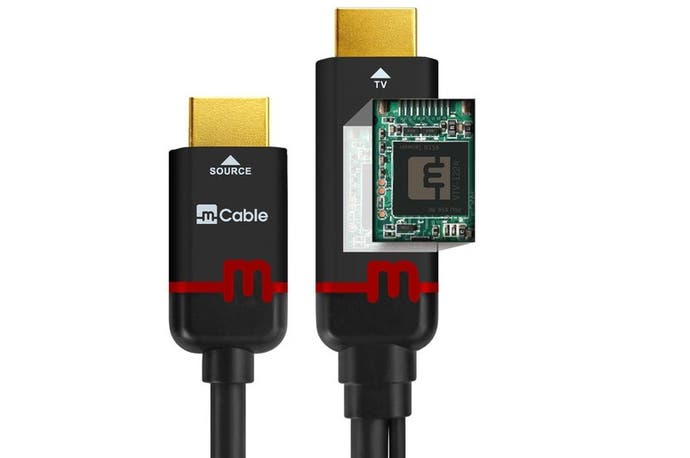Marseille mCable Gaming Edition review: hardware anti-aliasing from an HDMI cable?
It's pricey, but does it work?
It sounds almost too good to be true. Marseille's mCable Gaming Edition is an HDMI cable that promises to improve image quality in your games, adding anti-aliasing and enhanced colour detail to anything that's thrown at it - at a price. In a world where you can pick up an HDMI cable from a poundshop, the mCable will set you back between $120 to $150, depending on the length you choose. It's also a North America-only release for now, but Amazon and others can import it for you. Now, we've all seen video cables go for ludicrous prices, claiming to give a better picture than the bargain basement equivalents, but the mCable is different, it does indeed do the job. The question is to what extent it is effective and how well it processes different types of content.
So what makes this product different? It's all down to the ASIC processor at the TV end of the cable. This is an integrated chip dedicated to processing each frame it receives. Edge detection, artifact removal and colour management are some of the main bullet-points on the box, and this requires power, provided via an integrated USB cable. Most modern TVs have a USB slot located within short proximity of the HDMI ports, so this isn't really a problem, but you need to make sure that one is available before you consider buying in.
There are few frills otherwise; on the surface it's just a thick HDMI lead with an extra line attached. There are no options menus to tweak, and there's no on/off button to override its post-processing - it's plug and play with whatever passes through it. Compatibility-wise, the mCable works with several resolutions up to 1080p outputting from the source, so if it receives a 480p, 720p, or 1080p signal, the ASIC automatically kicks in and carries out its processing.
The downside? Well, if you feed it an actual 60Hz 4K signal from a PS4 Pro or Xbox One X, it switches off any processing, and passes the picture through as-is. It goes completely untouched, which is a shame. If you're hoping to get upgraded visuals on 4K titles, you're out of luck. Whether it's down to the low USB power requirements of the chip, or just the cost of the cable overall, 4K processing is not on the table here. The cable also supports 1080p input at 120Hz, potentially making it a candidate for PSVR, but we found that placing the cable in between the PS4 and the break-out processor box didn't work - and to be fair, asking the mCable to anti-alias the raw lens-warped output of the console would be too challenging anyway.
- Buy the Marseille mCable Gaming Edition from Amazon.
So with all the setup done, what does the cable actually do? We've heard claims that the effect is similar to SMAA setting, with Marseille using a proprietary technique it calls contextual anti-aliasing (CXAA). The comparisons do have merit, even if it's not precisely the same. SMAA can be integrated into the rendering pipeline, whereas the mCable only gets the final, flat, 2D output of the console to look at. The mCable can't provide a deeper, engine-level understanding of the game, or an intelligent use of previous frames, similar to temporal anti-aliasing.
What you have instead is all done in post, as a smart algorithm. As a result, the image is cleaned and filtered but there is still visual noise and shimmer. We compared mCable output to FXAA and SMAA in Destiny 2, and found that Marseille's solution didn't blur the image in the way that FXAA does, while anti-aliasing coverage is sometimes better and sometimes worse than the native SMAA solution, depending on the content. However, there are other small tweaks on top, where the mCable's image enhancing features kick in. And this is a mixed blessing as the product can remove aspects like chromatic aberration from certain games - notably Bloodborne - as well as clearing up some unwanted visual noise. For some people it might appear too clean, almost like it's blending parts of the image to excess. All that doesn't happen with regular in-game post-process AA. Similarly, colours are faintly adjusted too: it's nothing radical, manifesting as a very slight shift in hue.
So the mCable works, but is it worth the hefty price tag? Well let's consider the potential use-case scenarios: you don't need this cable for PC. Besides offloading a tiny amount of GPU processing to the cable, it's all a bit superfluous for the money. There's plenty of software injectors that can do a similar job, if a game doesn't already support SMAA or other post-process alternatives. The more practical usage is on the console side, where adding AA in-game is rarely, if ever, a user-side option.
Moving on to PlayStation 4, we chose Bloodborne as a potential candidate for improvement. It's a native 1080p with some rough edges, where the mCable could make a genuine difference. And it does to a subtle degree, while also minimising chromatic aberration - which we've never been so keen on in this title. In still shots, you can see an improvement, but in motion, the returns aren't quite so impressive.
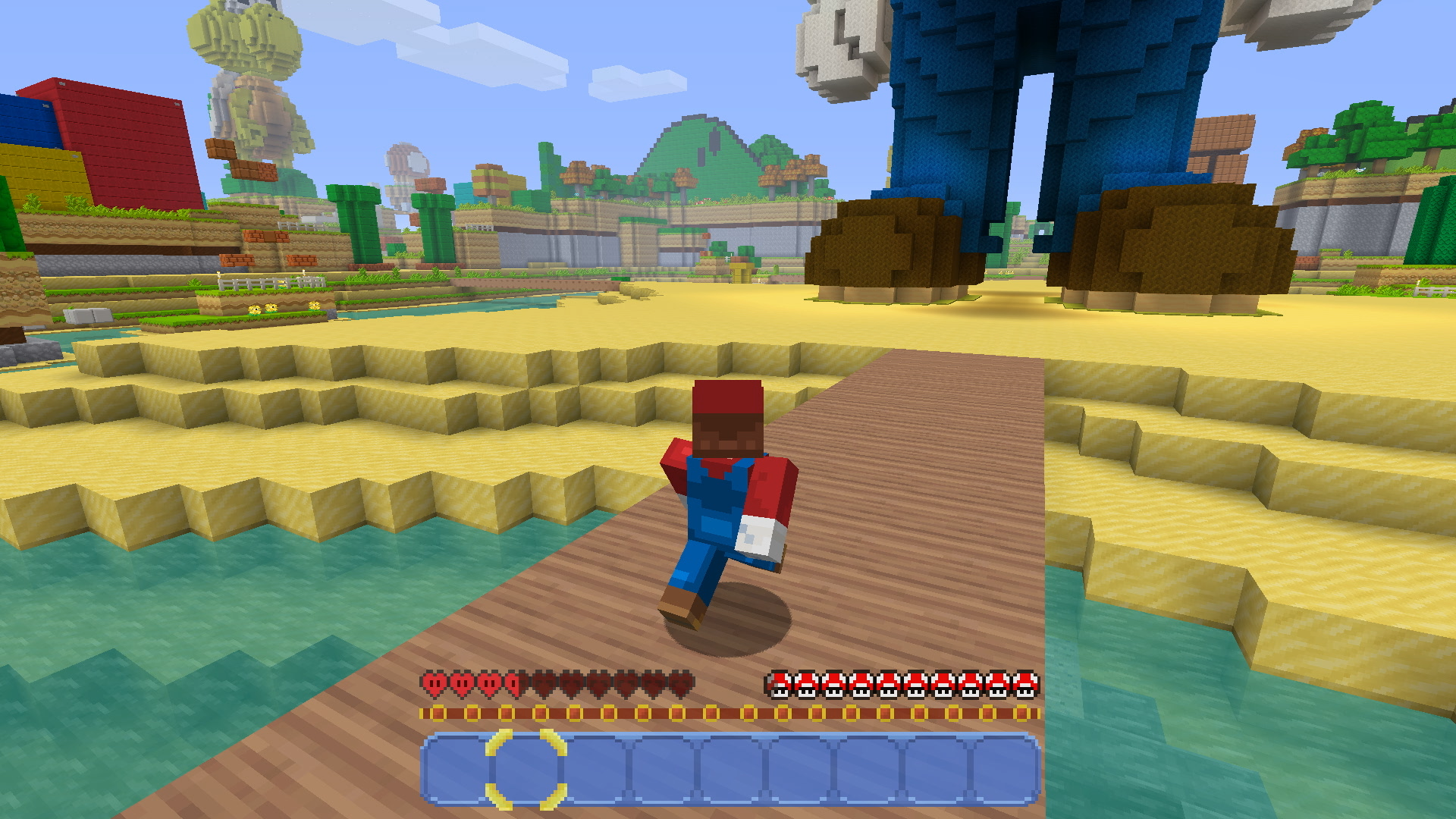



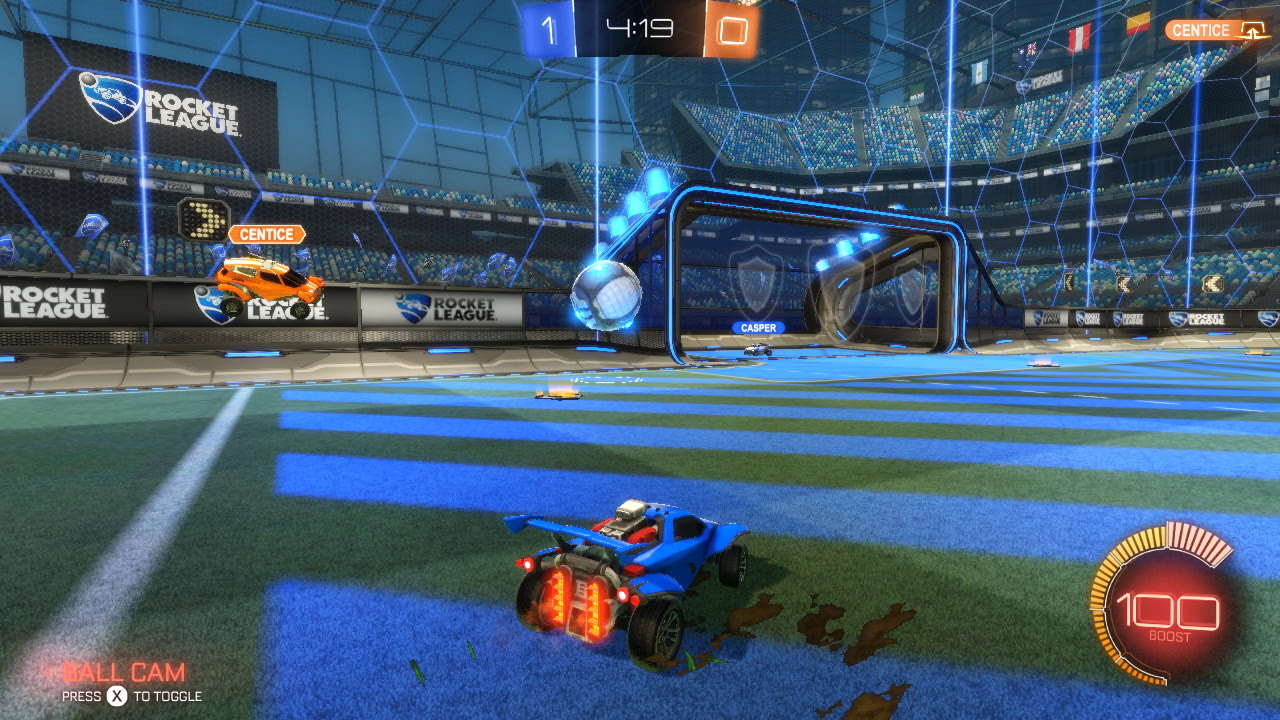
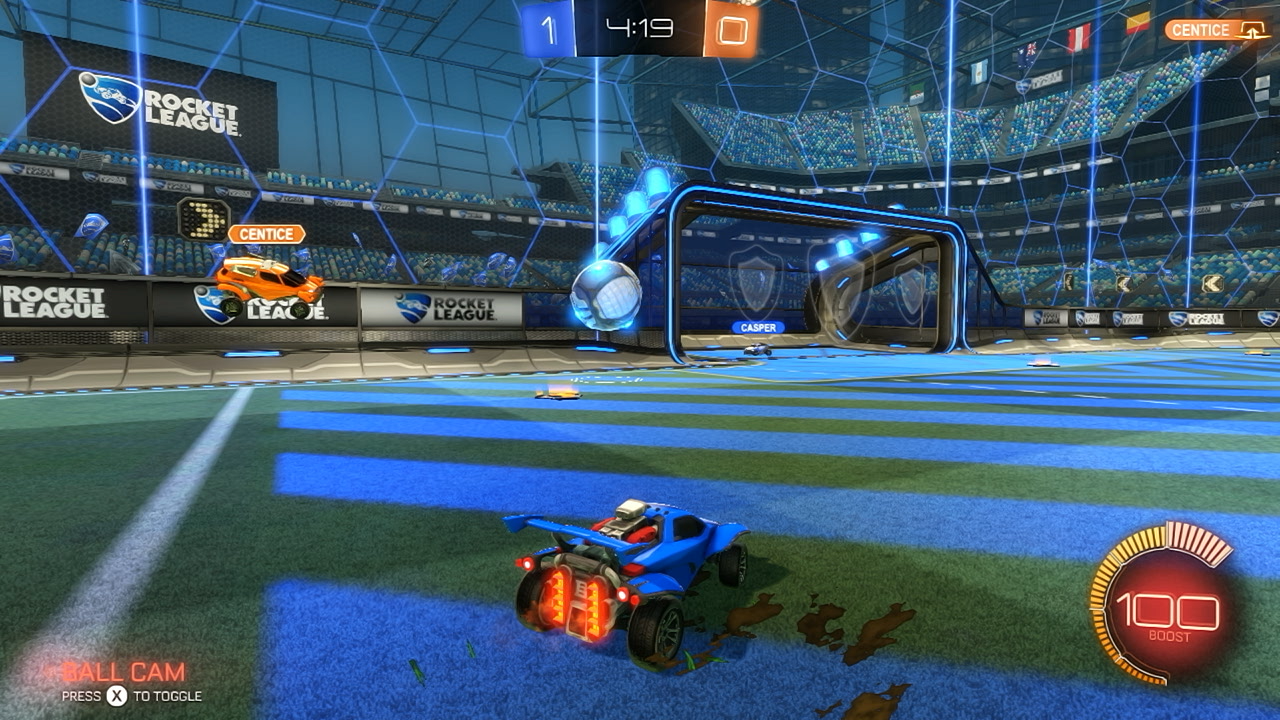
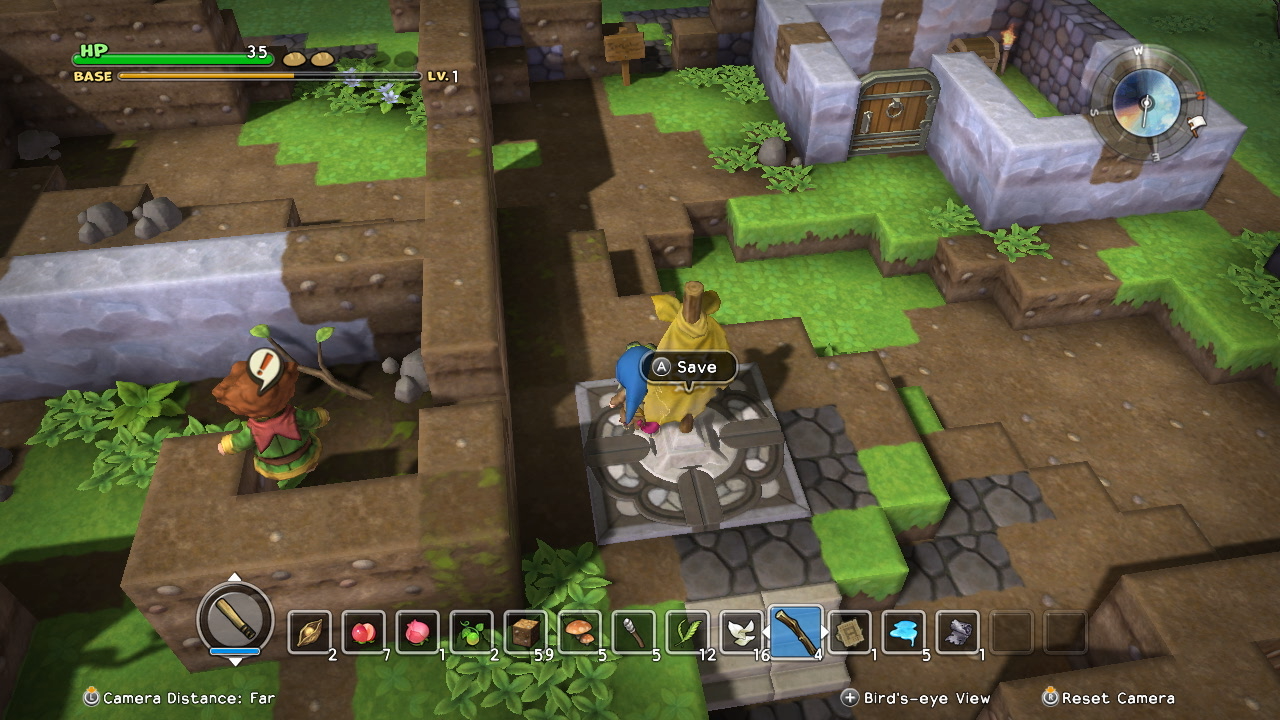

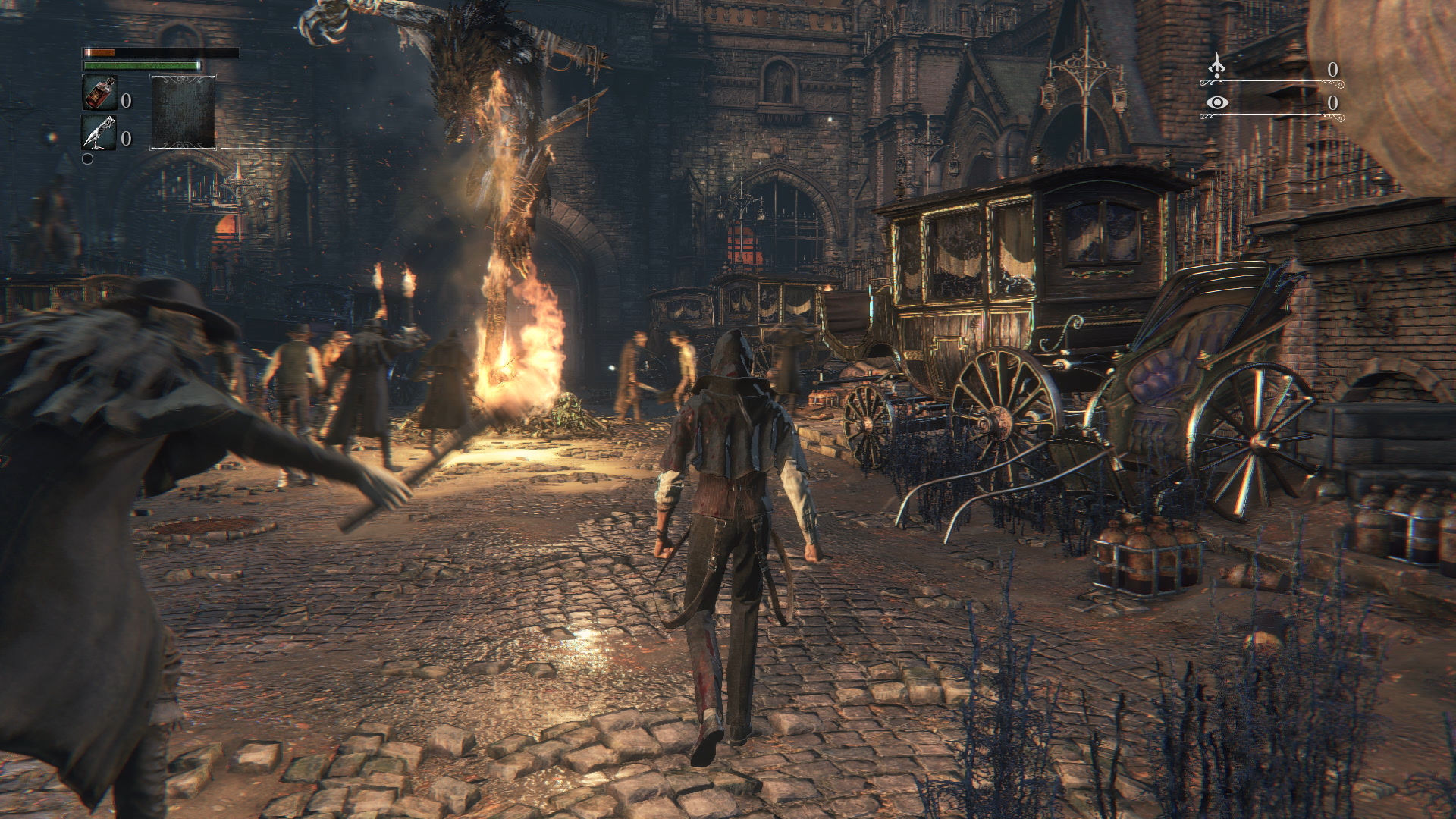


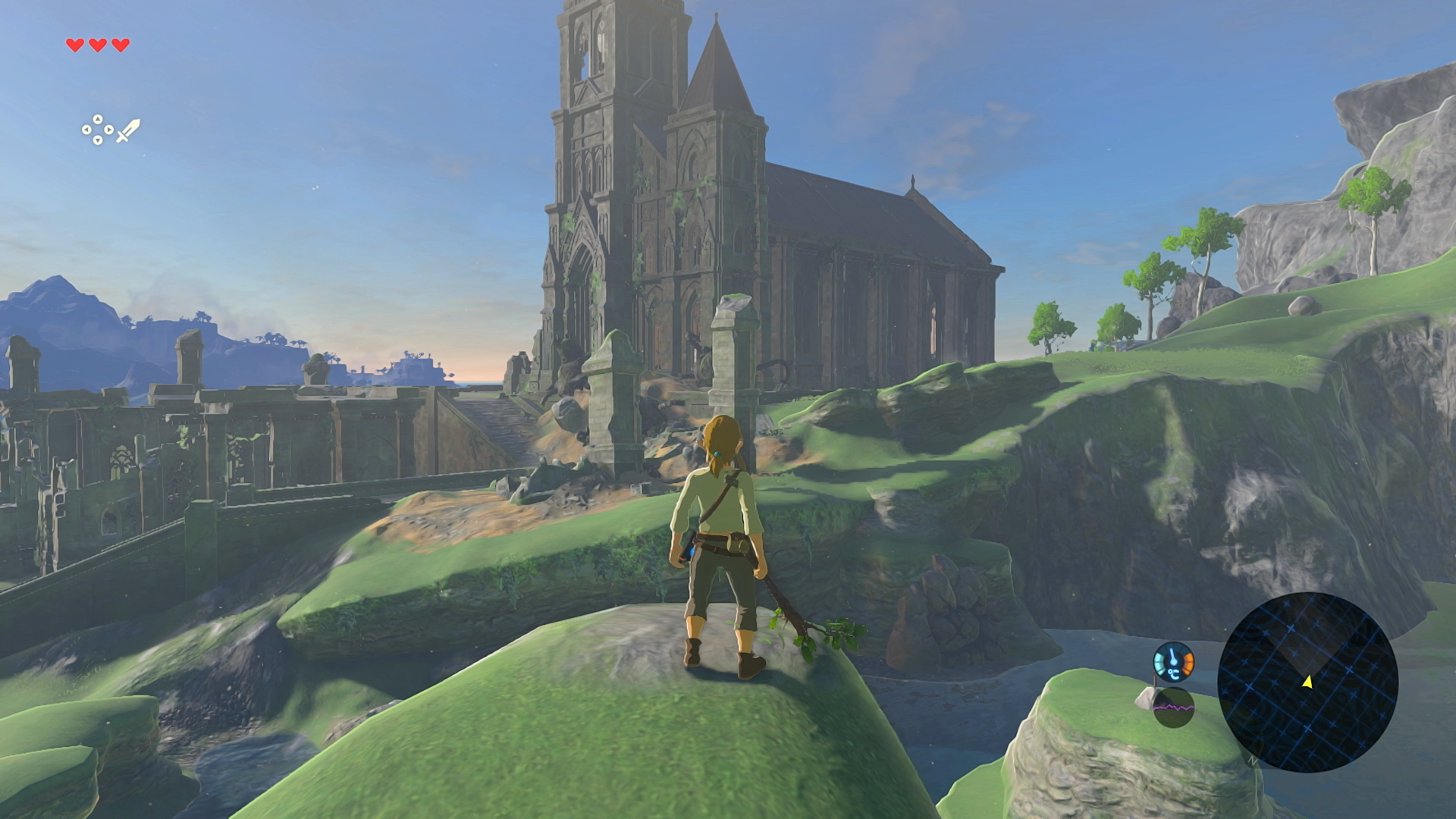
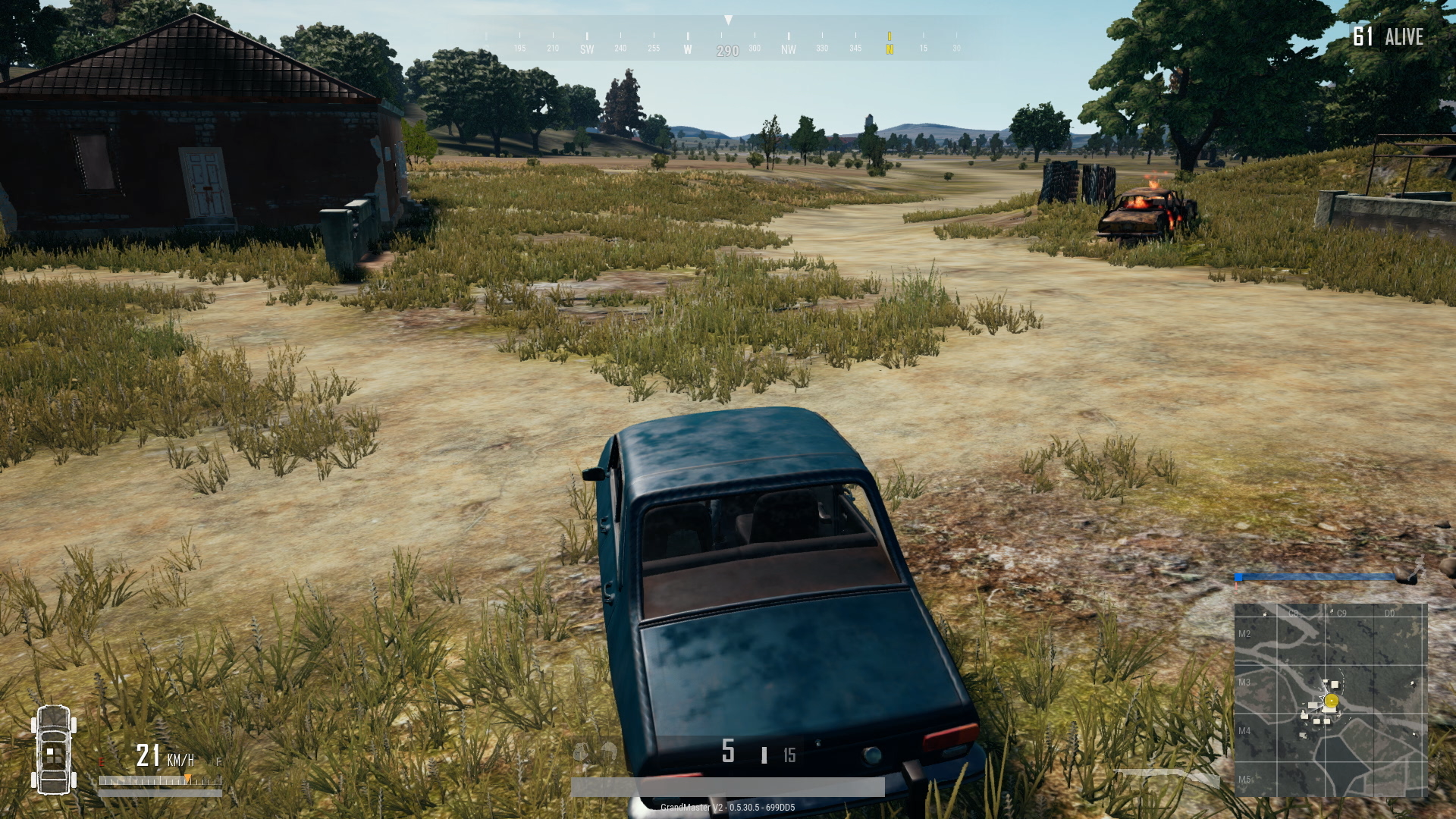
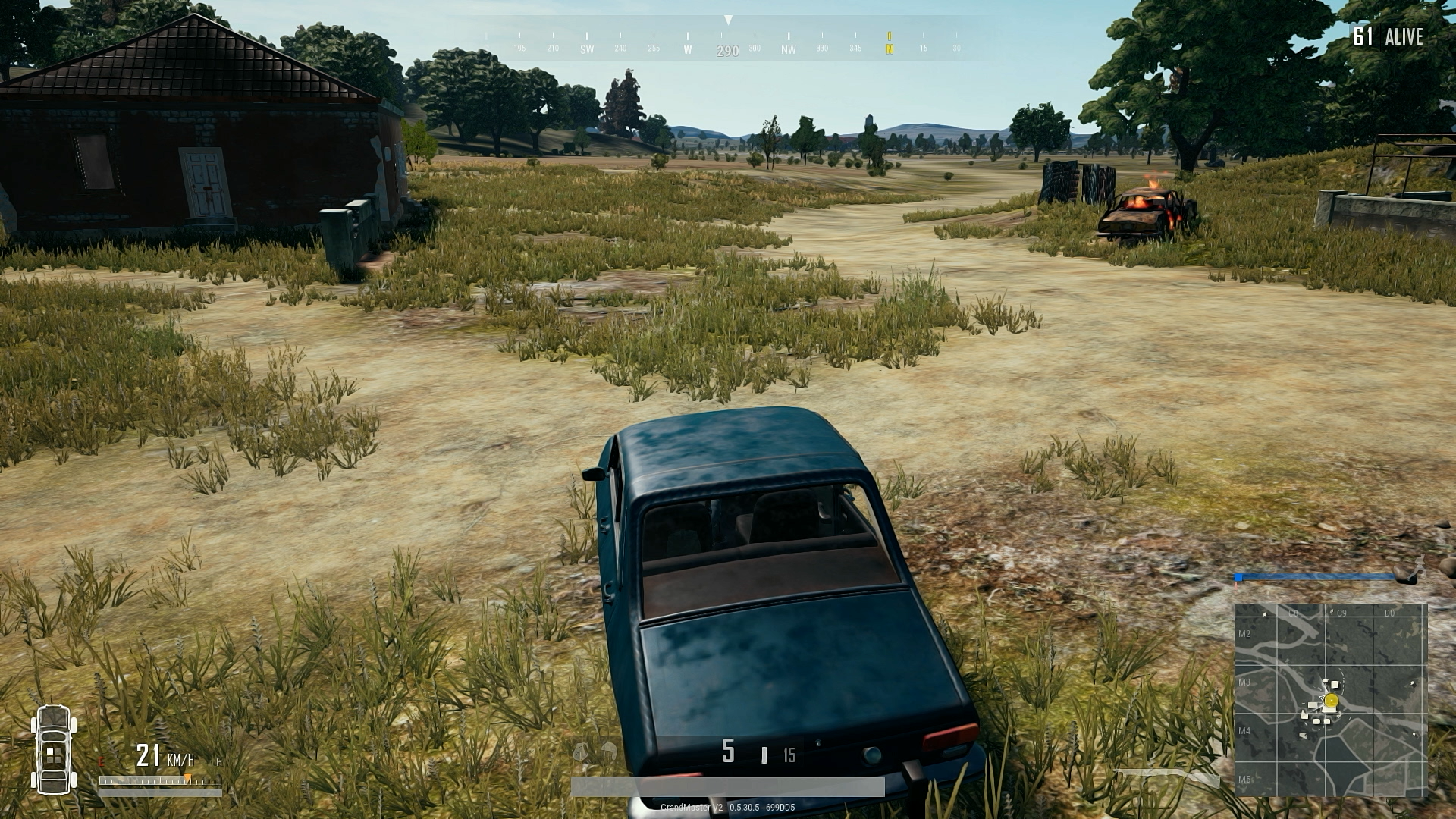


Part of this is because the mCable doesn't address temporal flicker,which is still a problem with Bloodborne's high contrast, gothic designs. Similarly, it can't really improve the grass in a game like PUBG on a base Xbox One. The other part is, on lower resolution content, the processing and upscaling performed on 4K TVs can often overshadow the effects the mCable adds to the raw picure. Direct, raw capture of native 1080p games highlights improvements to varying degrees, and there is a provable difference. But on a TV in motion? It's admittedly harder to pick out once your display's upscaler has got to work. With that said, there is an improvement, and in theory the mCable will be most effective on TVs where processing and upscaling aren't a strong point.
By far the best use of the mCable we found during our testing is on Nintendo's Switch. Native 1080p titles like Mario Kart 8 Deluxe and Minecraft, for example, run completely free of any anti-aliasing. It's the ideal source material, and the kind of image this cable thrives on. When switching between a standard HDMI and the mCable, there's no question: those jagged edges are smoothed off and Mario Kart 8's visual quality gets some notable returns.
There's one snag, though: you get the best results running games on Switch with no upscaling from the console itself. It's an easy one for Minecraft or Mario Kart running natively at 1920x1080 - an exact pixel match for the HDMI output. You simply set the console to output at 1080p and away you go. But supposing you have Switch outputting at 1080p for games that natively render at 720p or 900p, the mCable just doesn't produce optimal results. Zelda Breath of the Wild fits into that category. Comparing the raw output of the console to the mCable's treatment, there isn't as much of an impact. Rough edges are blunted slightly, but it's not ideal source material and it's certainly not as satisfying as Mario Kart 8.
To side-step that, frustratingly you need to make a change on a per game basis, in the Switch's menu. That's where things become too much of a fiddle: having to switch the output mode constantly to get the most from the cable is obviously a big ask. But supposing you do output from Switch at a pure 720p to match the content, games like Dragon Quest Builders get a beautiful upgrade. This one also runs with no anti-aliasing to start with, so the mCable has plenty of clean jagged edges to work with at a native 720p. In fact, the Marseille product is more effective on 720p or even 480p games than a 1080p source, simply because those edges are so much more pronounced. The two rules of thumb stay the same though. Firstly, it's at its best using a native feed with no scaling, and secondly, it's even better if the game has no existing AA. Rocket League on Switch is another success story in this sense. Even though it does have a dynamic res setup that switches from 720p down 1024x576 at minimum, the mCable still sees enough to remove those saw-tooth artifacts on edges.

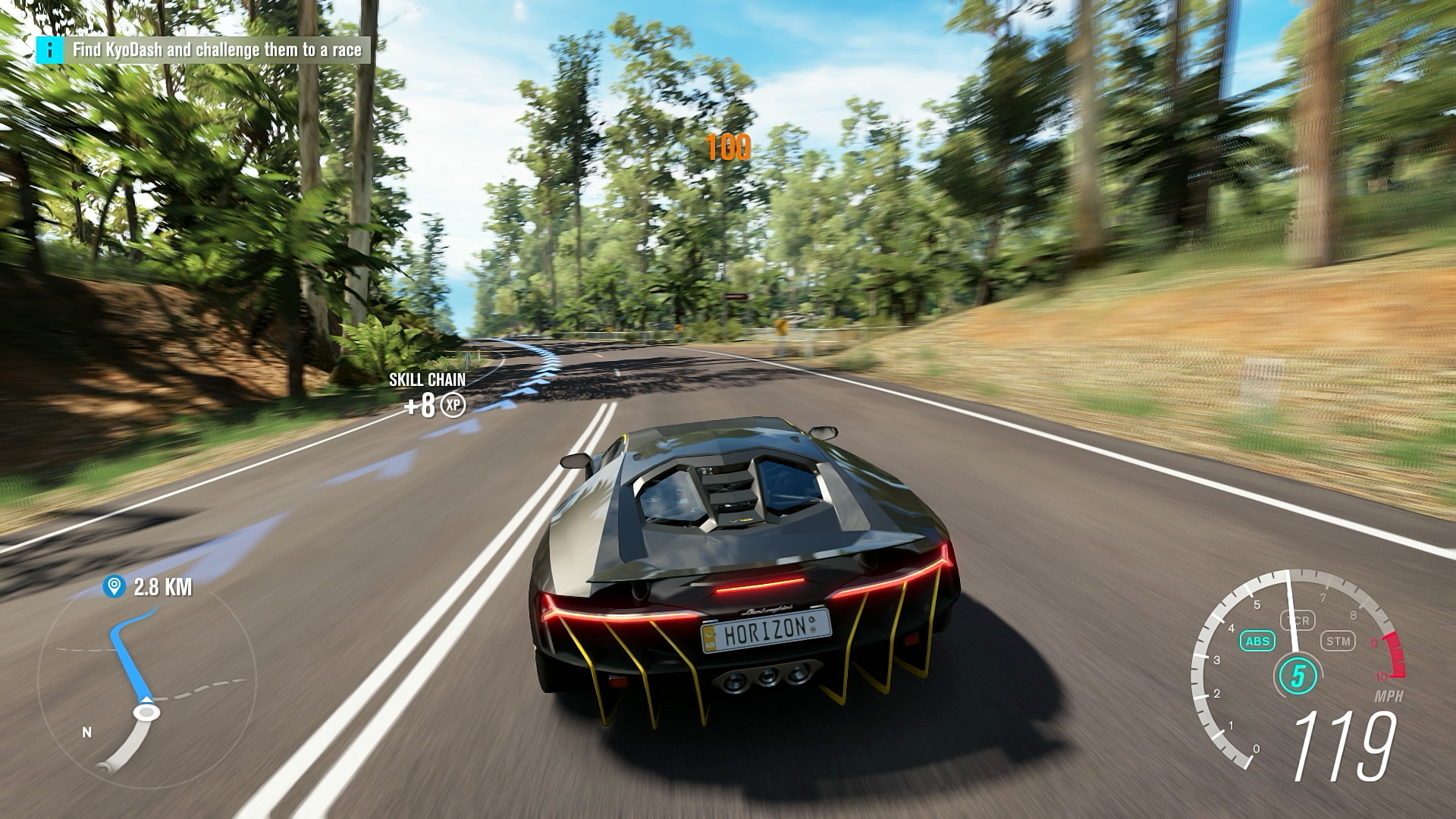



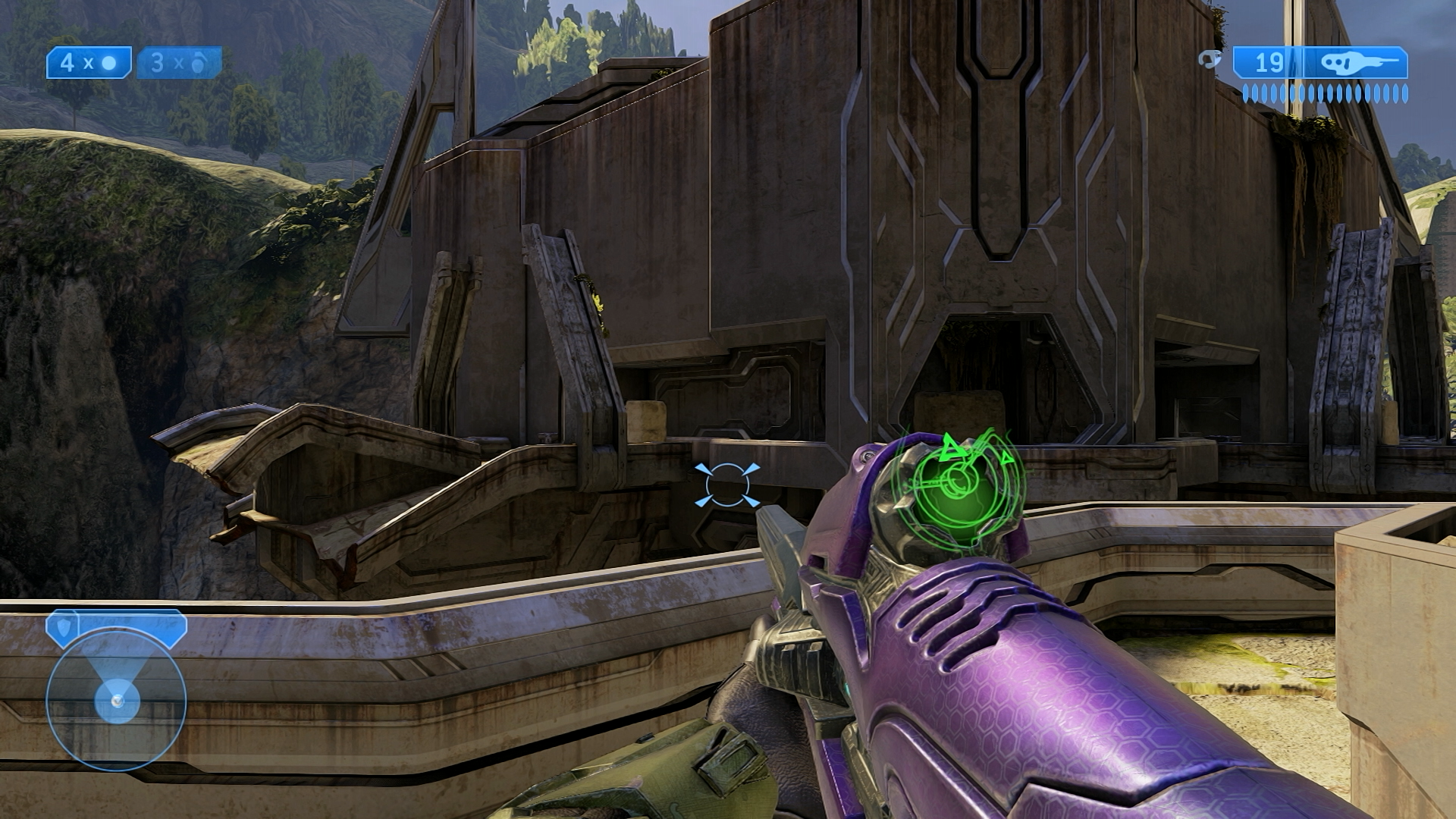
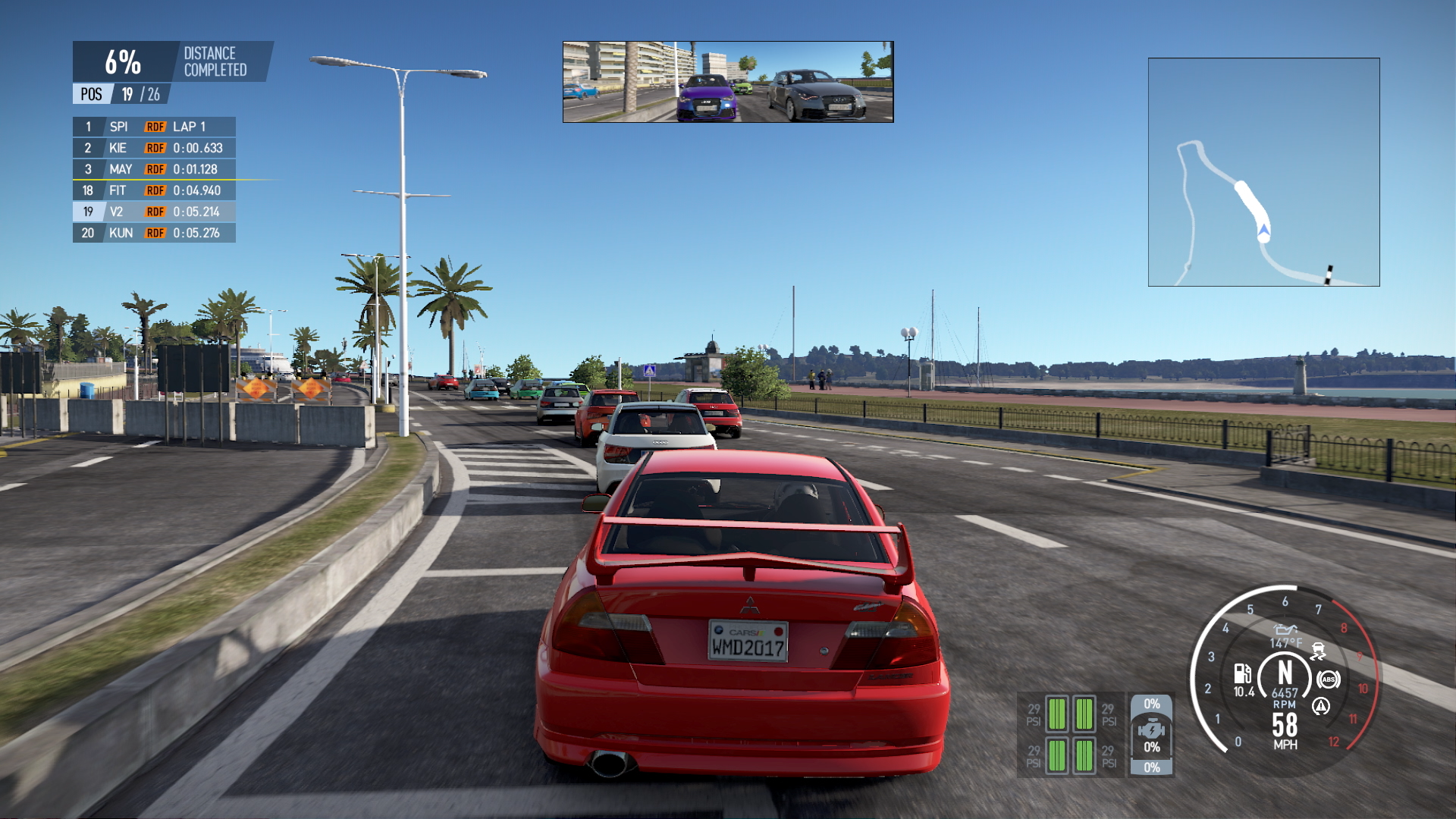

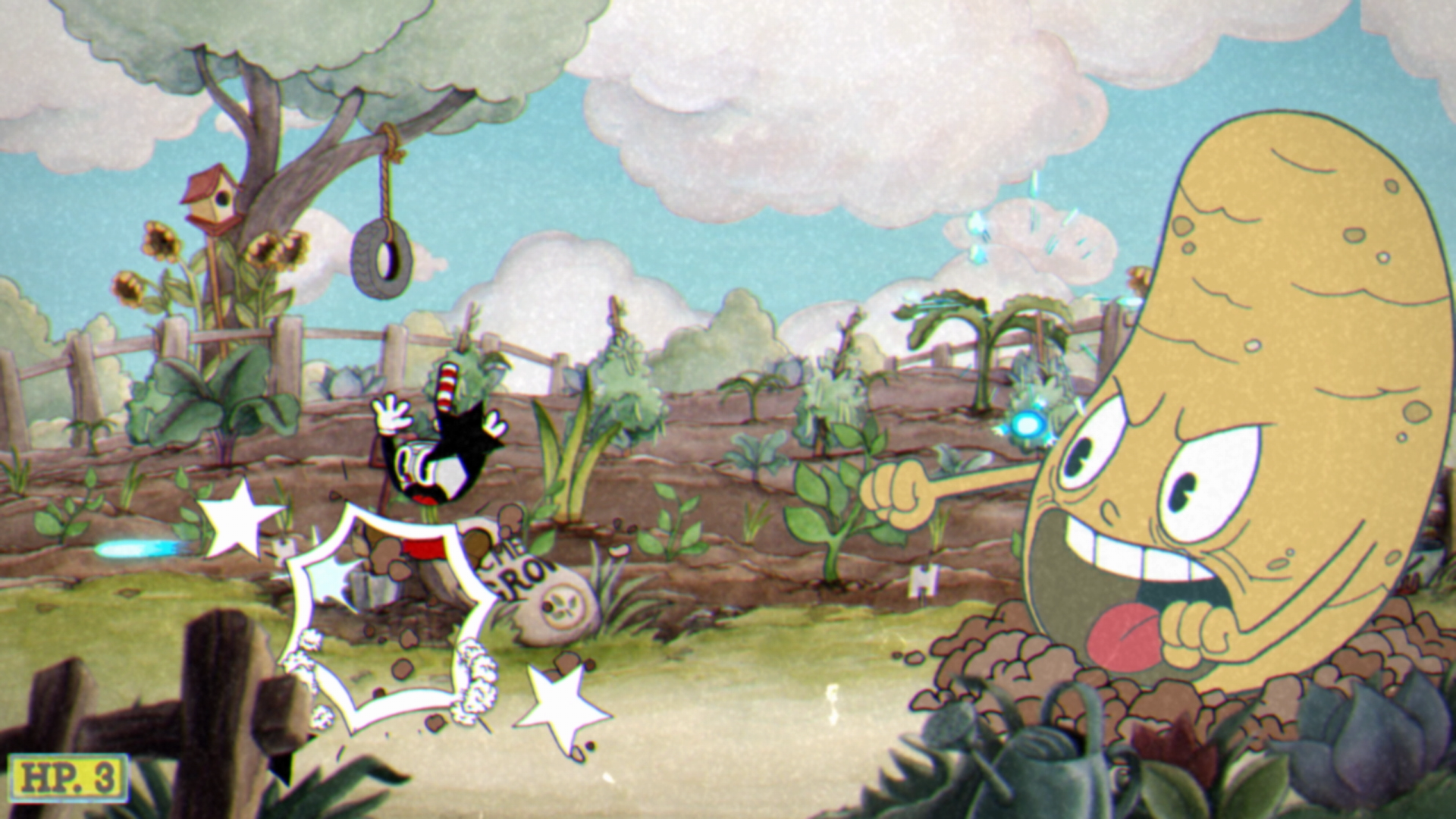
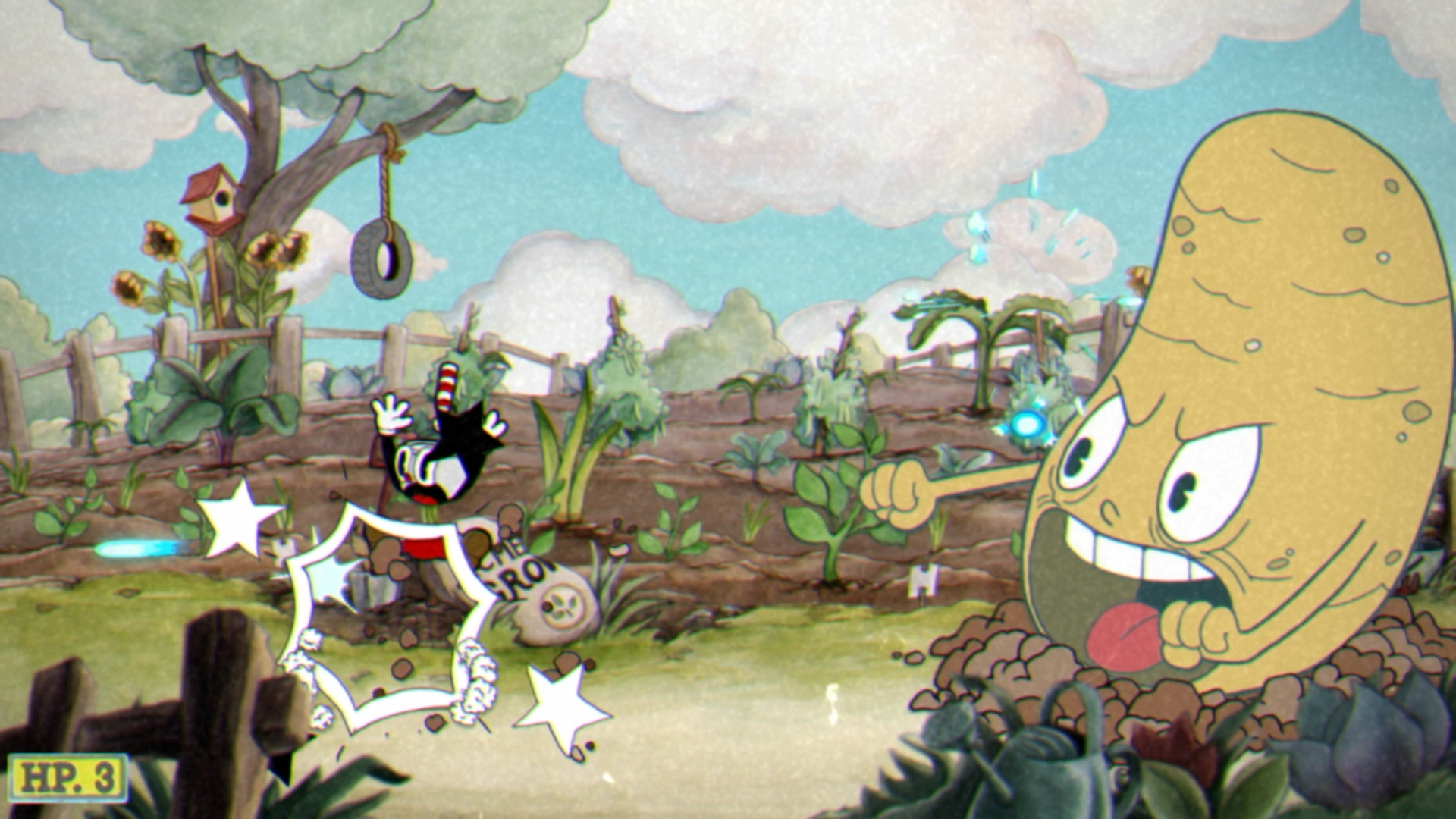

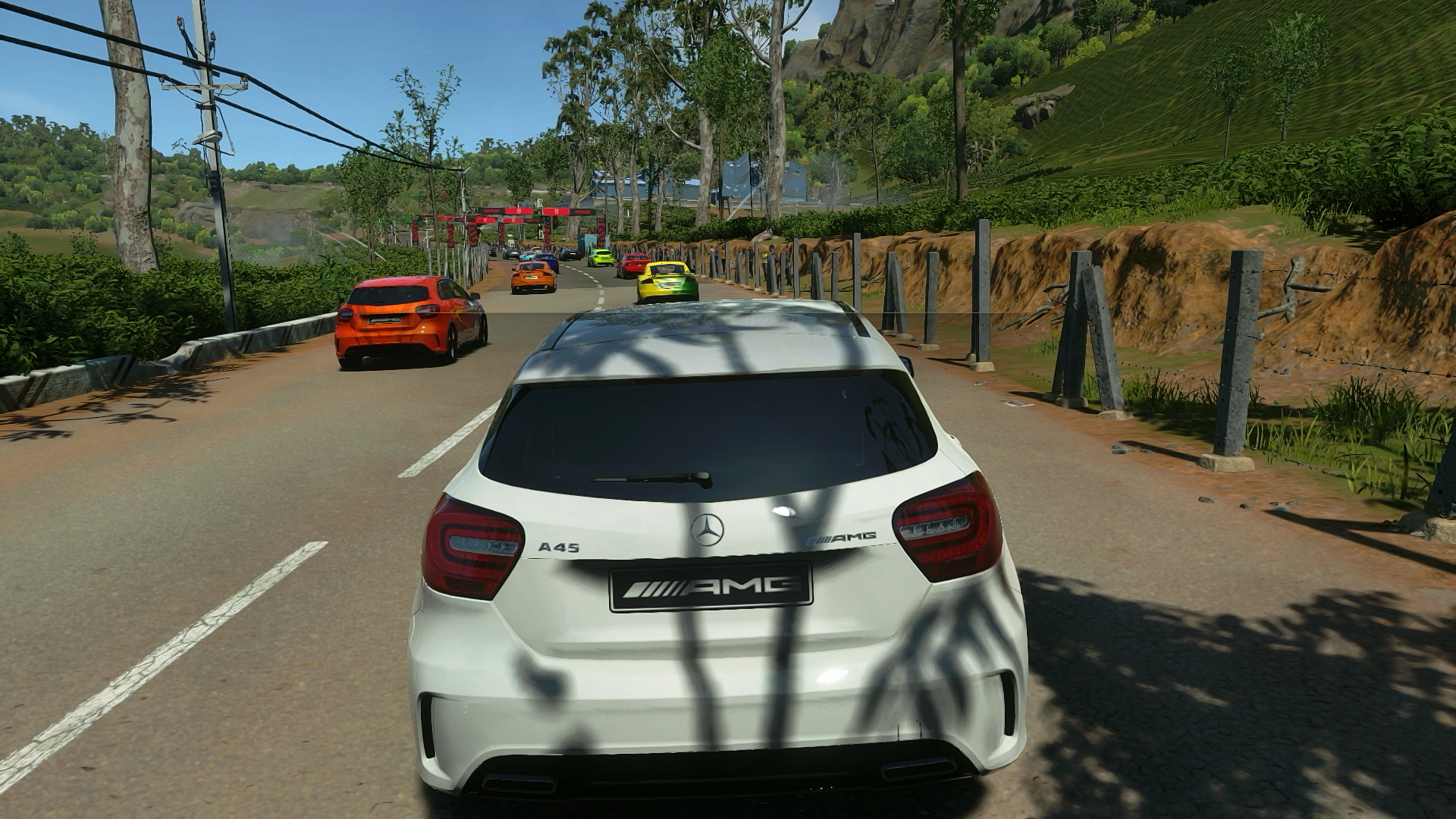
There's another issue to consider too: the mCable is always in effect, whether you want it to process your console's output or not. And that's a bit of an issue as there's no button to enable or disable the processing, and its effects apply to everything it sees, whether that's menus, HUDs, or other 2D elements. It's completely blind to the content in that sense, and it doesn't do too many favours to two-dimensional games in your library: titles like Cuphead on Xbox One or Street Fighter 2 for Switch. The heavy pixellation is part of the style, but it gets treated either way. Since the mCable works best at lower resolutions, there's also a case for using it on older games from the PS3 era, but supposing those games already have FXAA applied, already blurring the image, it's just not as effective.
The pros and cons are many, but we can confirm Marseille's zero latency claim. The firm promise it's under 1ms, and from our results this is definitely a fair evaluation. A lag test on our Panasonic DX750 TV gives us results at around 45.5ms, with a standard HDMI cable resolving at just under 46ms - margin of error stuff then, and actually in the mCable's favour. The takeaway is that the lag difference is minimal and imperceptible in practice. Anyone worried this cable will throw off their timings in fighting games or shooters needn't be.
Overall, the mCable Gaming Edition is pricey, but it's one of few ways you can upgrade a console game's graphics. The effects are subtle in most games, but for Switch titles in particular you can see some decent returns. For fans of that console it's a winner, but you do still have to judge results on a game-by-game basis. The real issue then, is its hands-free nature, with no toggle button to switch it on or off when it's not needed. Equally it's just not ideal at all for 4K TV users. In that case you have to select 1080p on the console any time you want to trigger that processing, and even then, the 4K upscaling in your display may impact the quality of the mCable's output.
Ultimately, the fact the cable's anti-aliasing properties only work on a flat 2D plane means there's a limit to what it can achieve, even at its hefty price-point. There's just no depth information to work with and no temporal component, so don't expect miracles with visual noise and sub-pixel flicker. Still, it's bonus anti-aliasing on any console game, and if you're willing to put the money down, there are some decent use-case scenarios where it can really make a difference. Just be sure you're completely aware of all of the potential drawbacks before jumping in.
